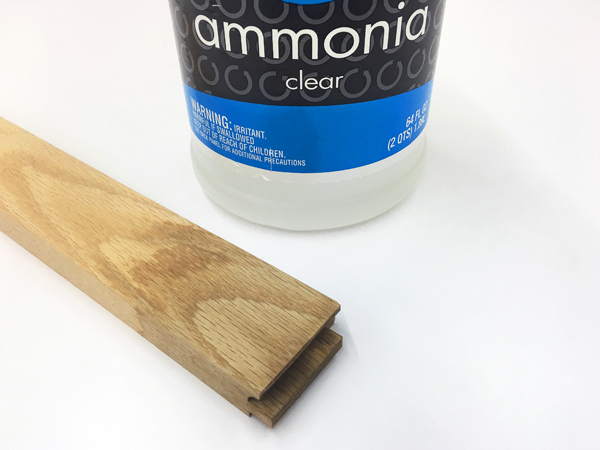
I recently used Minwax sanding sealer (water-based) on oak veneered plywood. It turned a blackish color. I thought it might be the plywood, so I tried it on some sycamore. It turned blackish, too, but not as bad. The sealer was applied in my basement with a slightly high humidity. My thinking is a slow dry time might cause the discoloring. Have you had any similar experiences like this? – Dave V.
Chris Marshall: I’ve not experienced this problem yet, Dave, but I’ll offer a guess. Some wate-rbased finishes (Minwax’s Polycrylic being one) and even acrylic paint emit a faint ammonia odor when still wet. You may have noticed it. That’s because ammonia is sometimes added to make the acrylic emulsion more stable. Well, ammonia will react with the natural tannin in oak and darken it if you leave the two in contact long enough. That’s why highly concentrated ammonia fumes were used as a staining agent to “fume” white oak Arts & Crafts furniture in the past. Although this is speculative at best, maybe the slow drying time of your wood sealer in a humid environment allowed some trace amounts of ammonia to react with tannins leaching from the oak veneer, and that’s why it turned a blackish color.
You can see the same result in the photo above. Ordinary household ammonia, though a weak concentration, will definitely stain oak darker if it’s allowed to dry slowly. All I did was dip this piece in an ammonia solution to wet it, then let the wood dry normally overnight.
But in your case, there could be other plausible explanations, too. If fellow eZine readers have other thoughts to help solve this mystery, please share!
Tim Inman: Sorry I’m so late. Chris had the answer bang on the money. The reaction to the alkaline ammonia in the finish with the tannic acid in the oak will cause the blackness illustrated. Plus, if the wood was rubbed smooth with steel wool prior to applying the ammonia containing materials, the iron from the steel wool will react with a vengeance to form black stains. Sometimes this is done on purpose.





